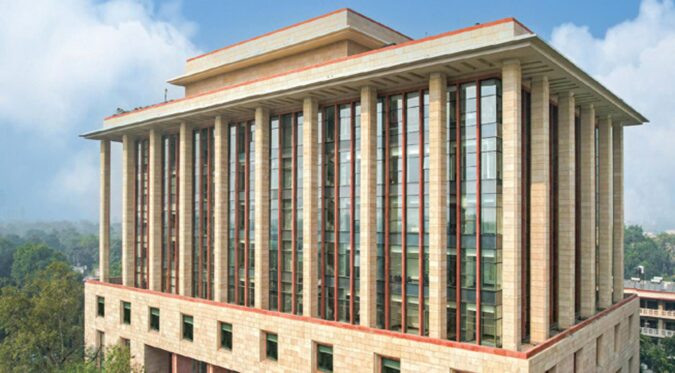Can architecture and design truly shape a better society?

“Designers must delve deeper into the social impact a project will have on local communities, the ethos and culture it embodies, and the lasting footprint it leaves behind,” Anand Sharma, Founding Partner, Design Forum International (DFI).
In a world where our lives are intricately interconnected, architecture and design emerge as potent forces capable of effecting profound social change. Beyond their mere aesthetic and functional attributes, these disciplines possess a remarkable ability to create substantial social impact. They shape our communities, improve our lives, and foster a sense of belonging like never before, evolving into instruments of social transformation. One of the most compelling ways they achieve this is by reshaping public spaces, turning them into hubs of interaction, inclusivity, and empowerment.

Consider the resurgence of neglected urban areas through urban revitalisation. Abandoned warehouses now house vibrant art galleries, forgotten alleys are adorned with colorful murals, and derelict buildings have become innovative co-working spaces. These projects breathe life into overlooked corners of the city, creating platforms for collaboration, artistic expression, and community engagement.
While specific design projects often come with detailed briefs outlining tangible aspects, it’s imperative to transcend the conventional checklist of requirements. Designers must delve deeper into the social impact a project will have on local communities, the ethos and culture it embodies, and the lasting footprint it leaves behind. Parameters encompass the context, the people, and the project’s impact on society. Those with a significant social impact prioritise people’s experiences while navigating, inhabiting, or working within the project.
On-ground research plays a pivotal role in this process. Architects must interact with user groups and study the social, physical, and economic context of the site. Climate, traffic circulation, connectivity, and carbon footprint are essential considerations. Equally important is understanding the aspirations of the place and its socio-economic growth trends. Does the project carry historical baggage? Does it draw inspiration from its surroundings? What is the region or city’s developmental trajectory?

This extensive research seamlessly translates into the design, creating structures deeply rooted in the rich cultural tapestry of the region. Architects must strike a balance between preserving historical and urban contexts while projecting modernity.
In the public sector, architects grapple with a broader range of stakeholders, as the client is often the nation itself. Public projects become canvases for contemplating how they can serve society and contribute to nation-building. These projects must be both socially and financially viable, emphasising the paramount importance of social impact. DFI, an architectural firm, has masterfully woven a thread of continuity that connects the past, present, and future. With a steadfast commitment to creating significant social impact, they have conceptualised, designed, and brought to life various projects such as Sainik School, Delhi PWD School, Assam Skill University, and more. These endeavors stand as powerful testaments to their dedication to shaping society positively through architecture and design.
for more info visit : https://www.designforuminternational.com/
85
Cookie Consent
We use cookies to personalize your experience. By continuing to visit this website you agree to our Terms & Conditions, Privacy Policy and Cookie Policy.










